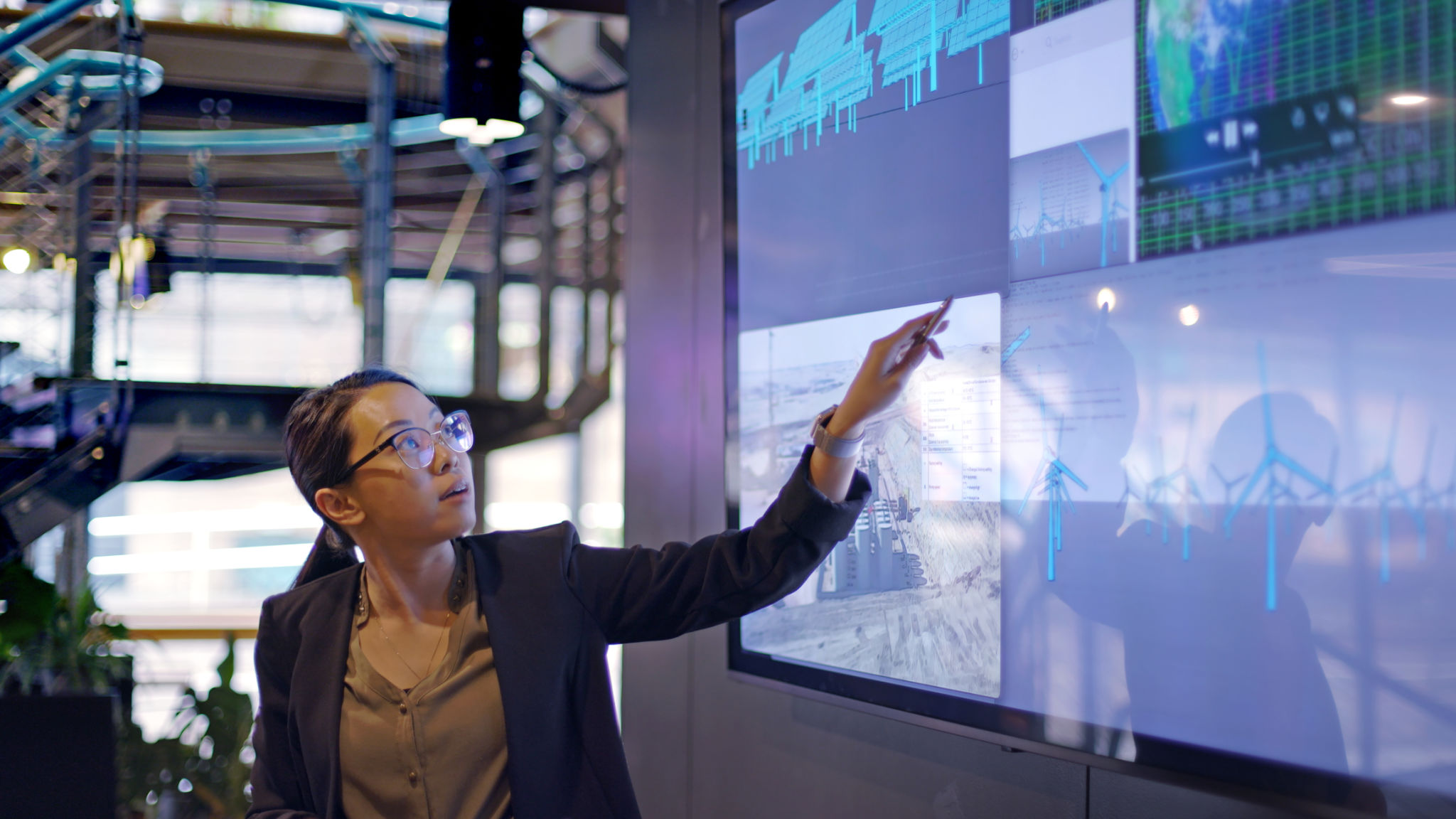From Concept to Reality: The Process of Developing VR Training Simulations
Understanding the Basics of VR Training Development
The development of Virtual Reality (VR) training simulations is a transformative process that merges technology with education to create immersive learning experiences. At its core, this process involves several key stages, starting from conceptualization to the final deployment of the VR simulation. Understanding these stages is crucial for businesses and educational institutions aiming to leverage this technology for effective training.
The initial step involves identifying the training needs and goals. This phase sets the foundation for the entire project, as it determines the learning objectives and the skills to be developed through the VR simulation. A clear understanding of these goals ensures that the VR solution is tailored to meet specific requirements.

Conceptualization and Design
Once the training needs are identified, the next stage is conceptualization and design. This involves brainstorming creative ways to translate real-world scenarios into virtual experiences. Designers work closely with subject matter experts to ensure that the content is not only engaging but also educationally effective.
During this phase, storyboarding and prototyping play a vital role. Storyboards help visualize the user experience, while prototypes are developed to test and refine key interactions within the simulation. This iterative process ensures that any issues are addressed early, leading to a more polished final product.
Developing the VR Environment
The development phase is where the VR environment comes to life. Skilled developers use advanced software tools to create realistic and interactive virtual settings. These environments are designed to mimic real-world conditions, providing users with a sense of presence and immersion that enhances learning outcomes.

Incorporating interactive elements is crucial during this stage. By integrating features such as gesture recognition and voice commands, developers can create a more intuitive and engaging user experience. These interactions help reinforce learning by allowing users to practice skills in a safe and controlled environment.
Testing and Quality Assurance
Testing is an essential part of the development process, ensuring that the VR simulation functions as intended. This involves rigorous quality assurance checks to identify and fix bugs, optimize performance, and enhance user experience. Feedback from testers is invaluable in refining the simulation before its final release.
The testing phase also includes user trials where participants engage with the VR training simulation. Their feedback provides insights into usability and effectiveness, allowing developers to make necessary adjustments and improvements.

Deployment and Implementation
Once the simulation passes all quality checks, it moves into the deployment phase. This involves setting up the necessary hardware and software infrastructure to deliver the VR training solution to end-users. Proper implementation ensures that users can access and utilize the simulation with ease.
Training facilitators play a crucial role during deployment, guiding users through the setup process and providing support as needed. Their involvement helps maximize the potential of VR training simulations by ensuring that users are comfortable and confident in using the technology.
Continuous Improvement and Updates
The final stage of VR training simulation development is ongoing improvement. After deployment, continuous evaluation allows developers to gather data on performance and user feedback. This information is used to make updates and enhancements, ensuring that the training remains relevant and effective over time.
Furthermore, as technology evolves, so do VR capabilities. Staying informed about advancements in VR technology enables developers to integrate new features that enhance the training experience, keeping it at the forefront of educational innovation.